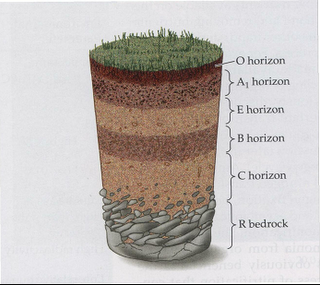Monsoons

Wind Munsoon / Moonsun / Monsoon is the wind that blows periodically (at least 3 months ) and between periods one another pattern would change the direction opposite that is the opposite of each half year. Usually during the first half onshore winds blow dry and a half years following the wet sea breeze blowing. (Wikipedia) The monsoon is a wind that blows once every 6 months and always changing directions. In Indonesia there are two monsoons, namely: Process of monsoon winds west Blowing every October to March, when the apparent position of the sun in the southern hemisphere. This causes the maximum air pressure in Asia and the minimum air pressure in Australia, then the wind went from Asia to Australia (high to low pressure). As it winds through the Indian Ocean, then the wind contains a lot of water vapor, so that the October to March rainy season in Indonesia occurred. Process of monsoon winds eas...

